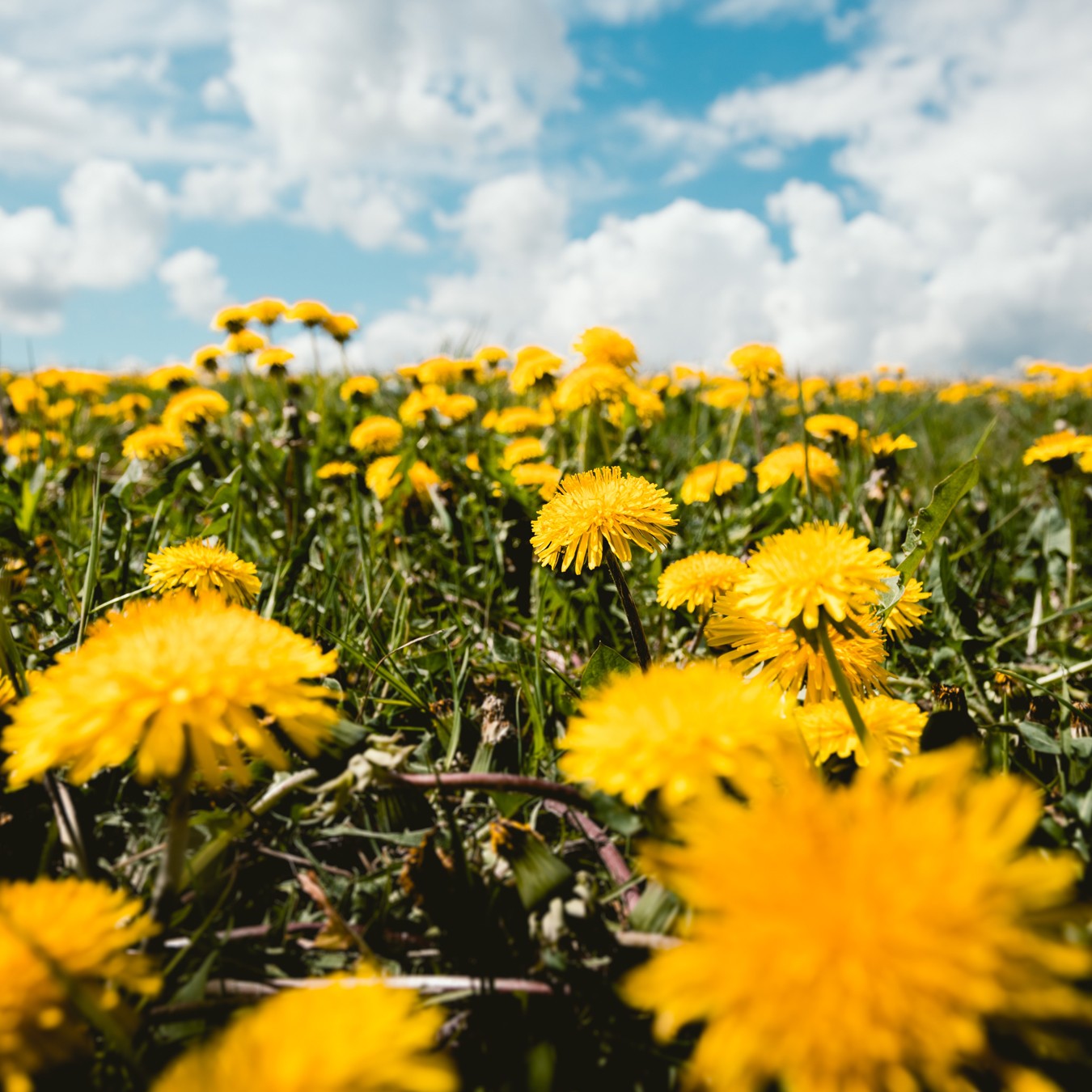For generations people have been singing dandelion’s praises. The Latin name Taraxacum officinale means “official remedy for disorders''. Dandelion was known as a panacea across countries and peoples. Scientific evidence is now backing up claims on the beneficial uses of dandelion.
Health Benefits and Properties
Dandelions are generally a safe plant for most people. (3) Dandelion is not suggested for people with acute gastrointestinal inflammation or blockages, including the gallbladder. (3) This plant is popularly touted for its impact on liver health, but there is more to dandelion than being a liver remedy! Every part of the dandelion is edible - roots, leaves, and flower.(2)(3) Dandelion leaves are rich in riboflavin (B2), vitamin A, iron and contain a high level of vitamin K. Compared to other greens, dandelion have more dietary fiber and proteins; and more types of amino acids and most vitamins. (1)
Dandelion, in general, is a very beneficial plant. Its biological activities include antioxidant, anti-inflammatory, anti-carcinogenic, hepatoprotective (prevents damage to liver), diuretic, and immunomodulator. (1)
Here are some of the healing components in dandelion and the specific effects they have on the body:
- sesquiterpene lactones: terpenes responsible for the bitterness and may have anti-inflammatory and anticancer effects
- several phenylpropanoids: modulate inflammation
- polysaccharides: play a role in immune regulation and have platelet anti-aggregation activity (prevent blood clotting), hepatoprotective effects (protect the liver), and anti-tumor activity
- inulin: known for prebiotic activity
Dandelion has very positive digestive effects. It can be taken as a bitter before a meal to aid in digestion. It also acts as a cholagogue (promotes the discharge of bile) and so increases the production of bile by the gallbladder and liver, which aids in the digestion of fats.(4) It has prebiotic effects, increases the growth of six beneficial intestinal bacteria, and enhances contraction of smooth muscle cells of intestinal wall (improves constipation, diarrhea, and cramping). (1) There is also evidence that dandelion has hypoglycemic effects and can lower blood sugar levels. (1)
Dandelion excels in detoxifcation. Dandelion is acknowledged as an excellent liver tonic and alterative.(4) It soothes inflammation and congestion in both the liver and gallbladder, supports detoxification, and helps clear skin conditions such as eczema.(4) Dandelion works as a diuretic, which stimulates the kidneys and increases urination to help clear out metabolic wastes.(4) Being a diuretic, it is helpful in issues of fluid retention such as edema. (3)
Dandelion and its formulations show promise in the preventing or improving the outcome of several degenerative diseases such as atherosclerosis and coronary artery disease, obesity, diabetes mellitus, and cancer. (1)
In summary, dandelion is very nutritious and has properties that protect health. It can be a great ally in preventative health when it is incorporated into one's lifestyle.
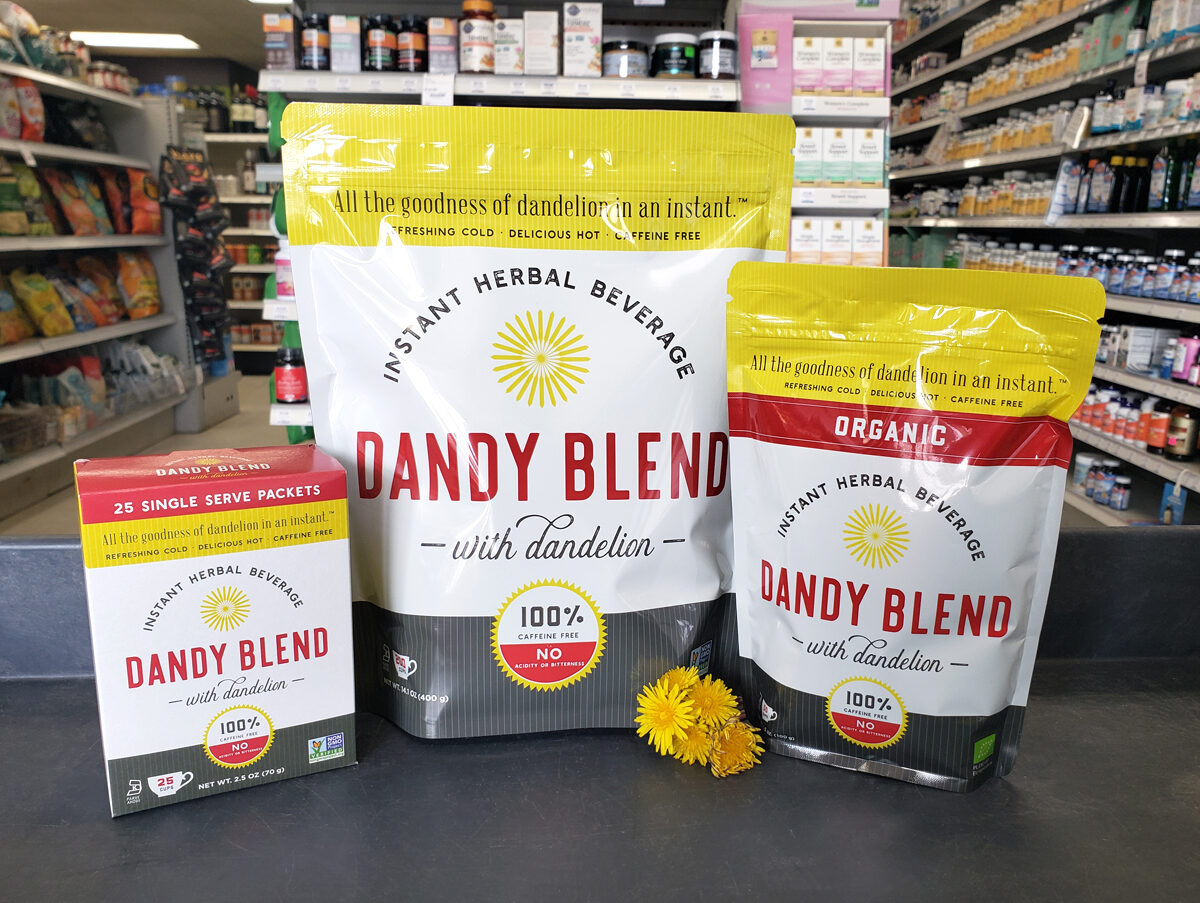
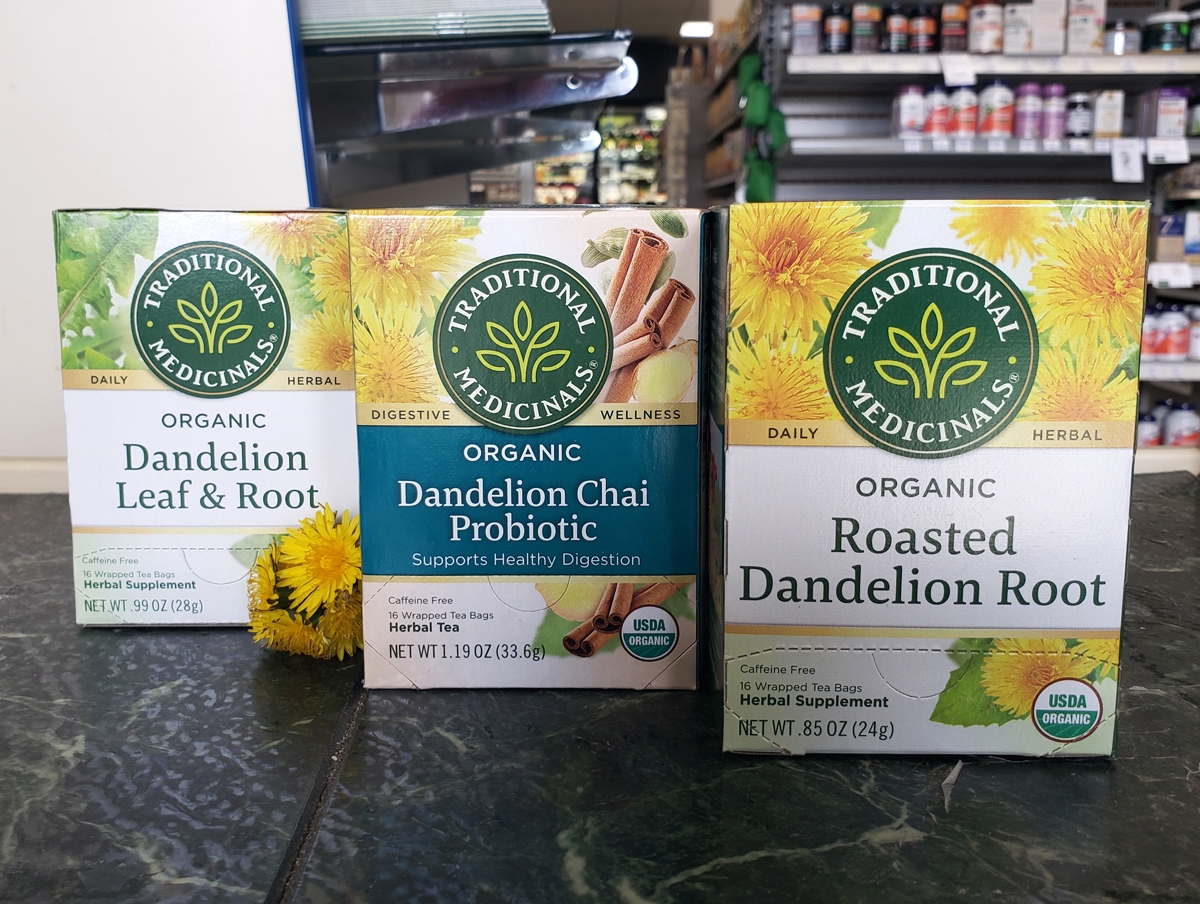
Ways to Consume Dandelion
Dandelion leaves can be eaten with salad, boiled, sautéed, added to stir fries, used in soup – basically in any way you might consider using kale. Traditionally, the flowers have been made into dandelion wine, dandelion fritters, and used in baking.
Dandelion grows everywhere, and if you have an area that isn’t sprayed with pesticides and isn’t in a toxic area, you can easily harvest your own dandelion. The young, early spring dandelion leaves are the most palatable because the leaves grow more bitter as the plant matures. It’s good to keep in mind that there are a couple plants that look like dandelion, so be sure to make sure you grab a field guide or do some research to make sure you collect the right leaves, especially before the flowers develop.
Besides eating the greens, dandelion can be consumed as a tea or tincture. If you absolutely don’t want to taste dandelion but want to try out its benefits, a supplement might be the way to go for you. A very popular product, Dandy Blend, is a coffee substitute that is made with dandelion root extracts, chicory root extracts, roasted barley extracts, and roasted rye extracts. It is delicious on its own and can be treated like coffee with creamer and sweetener of your choice, or taken black. Dandy Blend’s gluten content is well below 20 parts per million, however if you are extremely sensitive or allergic to barley or rye it may not be a good product for you.
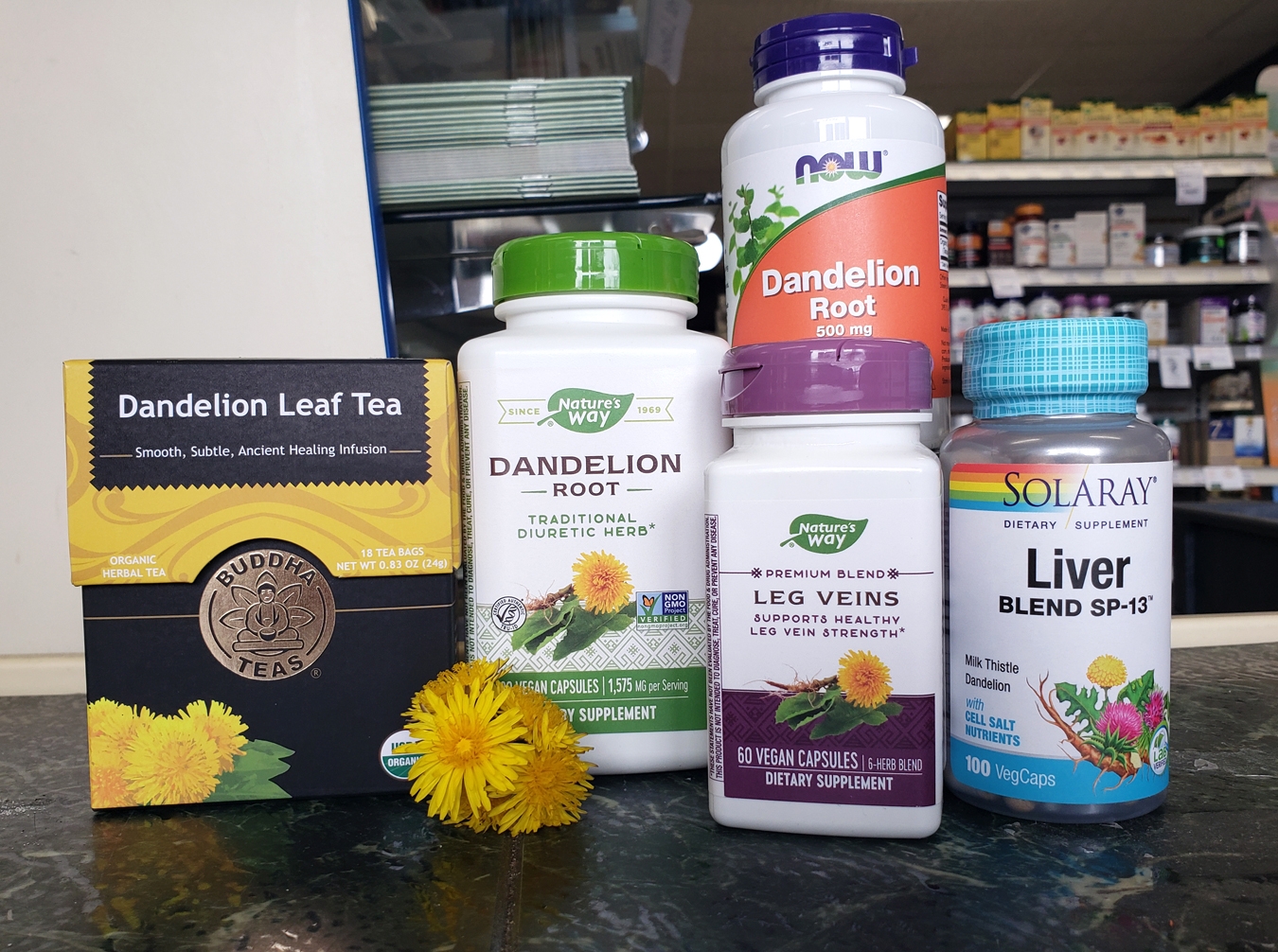
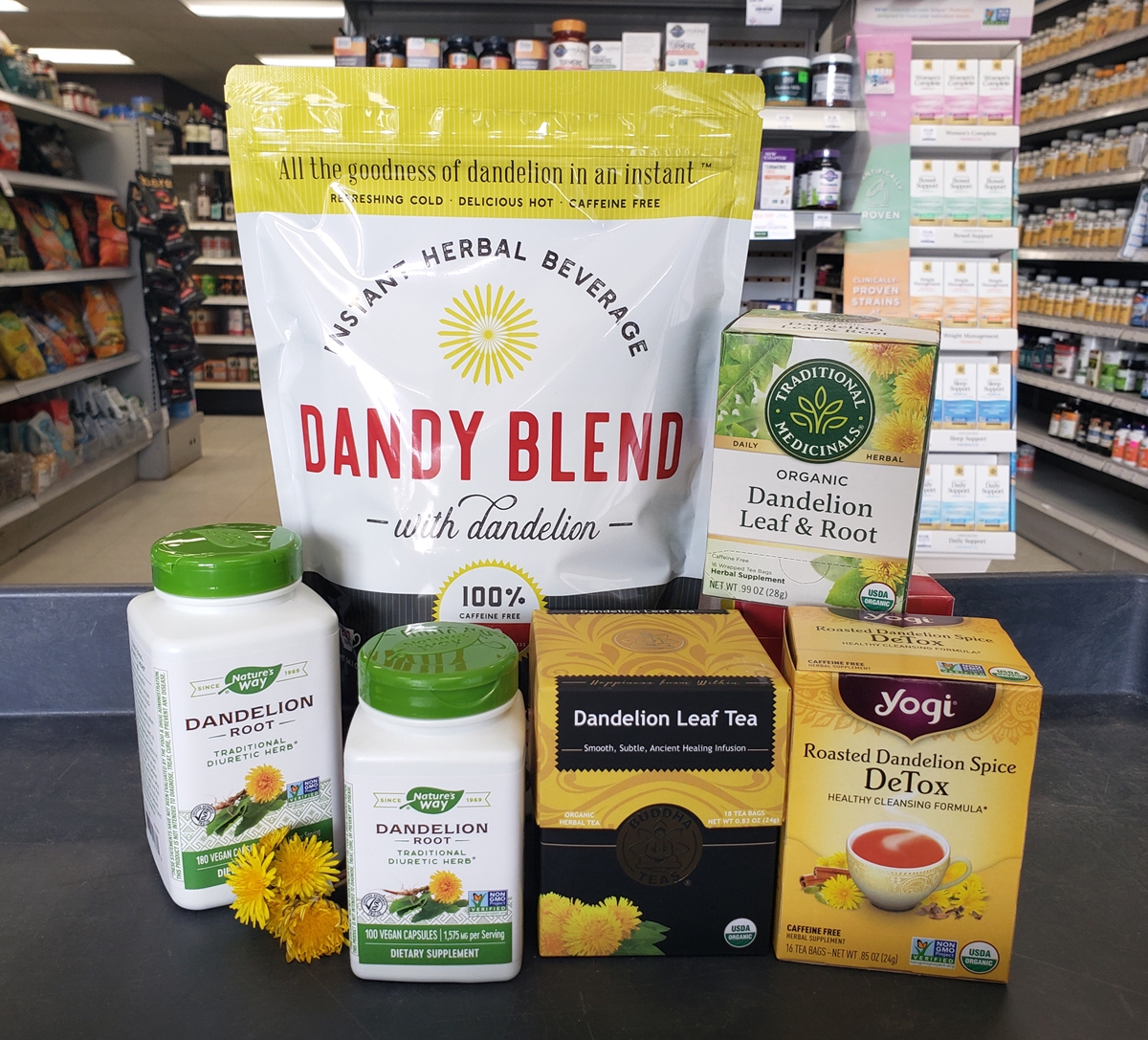
Sources
- Marta González-Castejón and others, Diverse biological activities of dandelion, Nutrition Reviews, Volume 70, Issue 9, 1 September 2012, Pages 534–547, https://doi.org/10.1111/j.1753-4887.2012.00509.x
- Michelle Jarvie. "Five Ways to Eat Dandelions." Michigan State University, May 25, 2017. https://www.canr.msu.edu/news/five_ways_to_eat_dandilions
- Angela Justis. "A Family Herb: Dandelion." Herbal Academy, March 9, 2016. https://theherbalacademy.com/a-family-herb-dandelion/
- Jane Metzger. "All About Dandelion." Herbal Academy, June 30, 2017. https://theherbalacademy.com/dandelion-materia-medica/
Featured photo by Niklas Hamann on Unsplash
